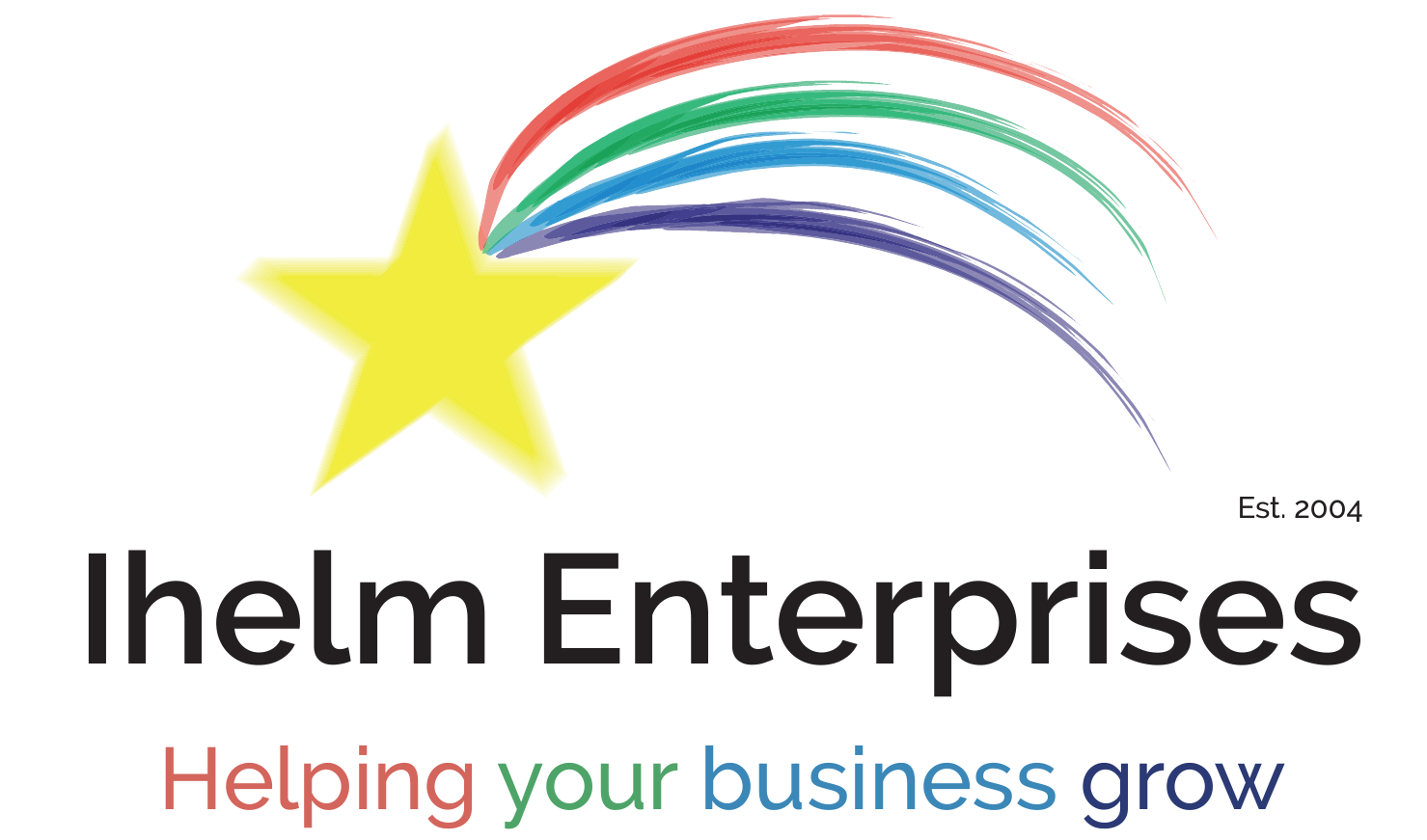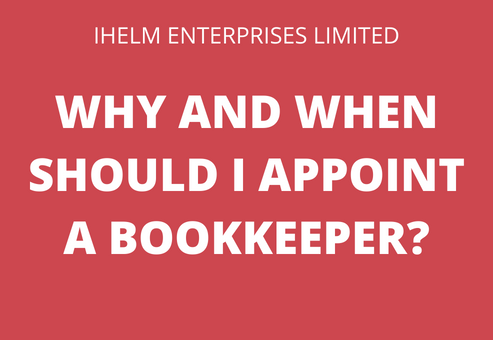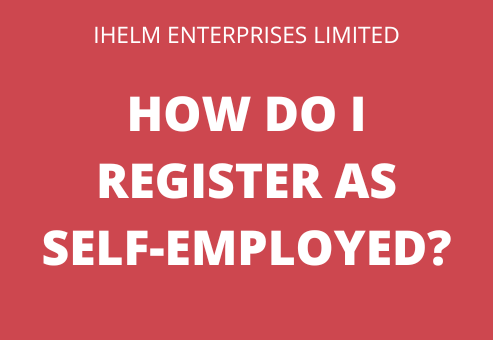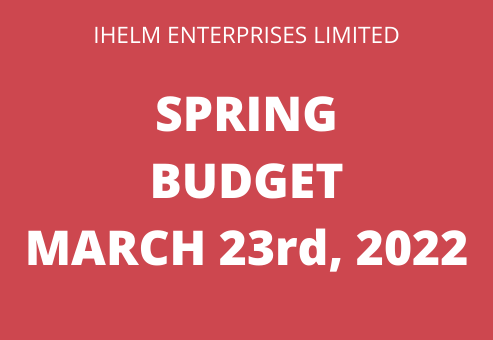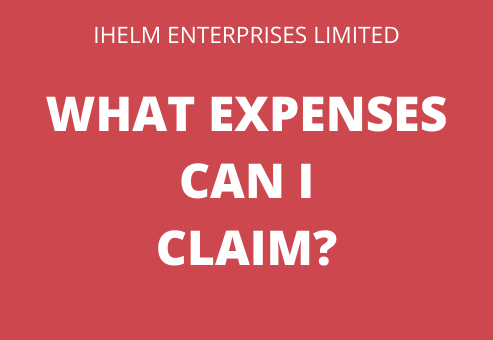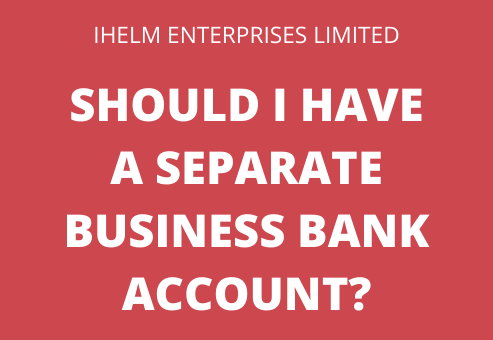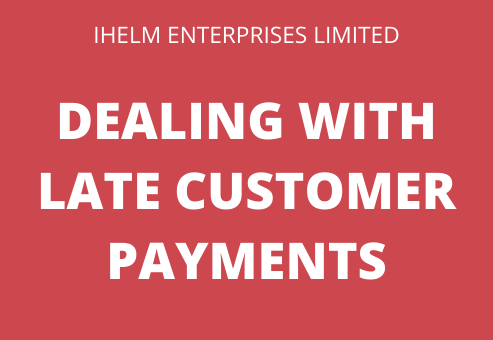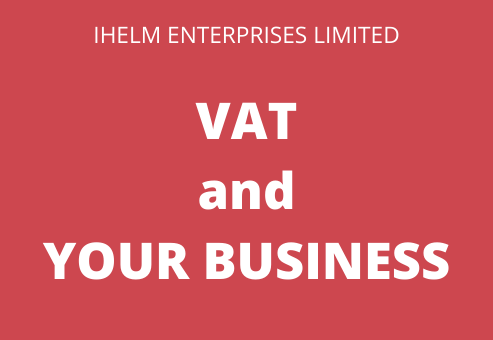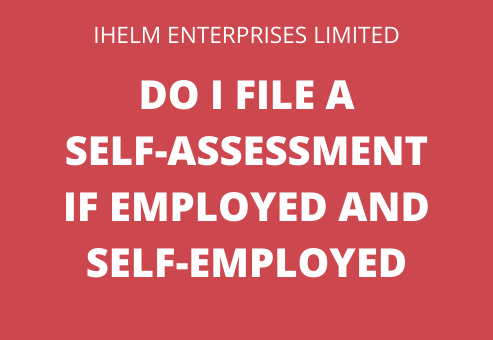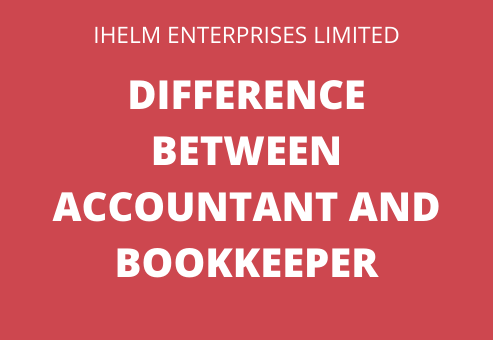During the July 2022 Facebook Live, I talked about why and when a business should appoint a bookkeeper.
Every business is different and is going to have different ways of doing things – so the answer to the questions “why should I appoint a bookkeeper?” and “when?” will depend on your specific circumstances.
Let’s look at the question of “when should I appoint a bookkeeper?”
If you have just started out with your business and your income and expenditure are relatively low, you may decide not to appoint a bookkeeper at this time. However, six months down the line, your business has grown – you are trying to keep on top of orders, the marketing, replenishing stock, maybe even managing staff – as well as making sure the accounts are kept up to date. You are struggling to find that work/life balance, so you decide now is the time to hire a bookkeeper.
As a qualified bookkeeper with 18 years of experience, I would actually advise that you get a bookkeeper right at the start of your business. This doesn’t necessarily mean having them do the accounts, it could be that you have them provide you with support to ensure that you are accounting for everything correctly and over time you could then have them take on more of the bookkeeping tasks.
To help you to decide when to hire a bookkeeper, think about the following question: “do I really understand how to correctly record my financial information?”. If you aren’t sure how to accurately record a transaction, it could end up costing you a lot of additional money in tax. For example, I have had clients come to me where they have recorded transfers of funds from their main bank account to their savings account as income, which is incorrect. This error, if I had not seen it and corrected it could have cost the client several thousand pounds in additional tax.
Software companies have also been quite clever in their marketing. They have made it look like using the software is as easy as clicking a couple of buttons – but before you can click those buttons, you need to have an understanding of how to enter the information into the accounts correctly, so that the numbers appear in the right place in your accounts, which then provides you with an accurate picture of your business, allowing you to make informed business decisions.
Now, let’s look at some reasons why a business owner should hire a bookkeeper.
We’ve already touched on the fact that having a bookkeeper can help you to ensure your financial information is being entered accurately, but having a knowledgeable bookkeeper by your side can also help you to make sure that you are meeting all of the legal requirements a business has in terms of their accounts:
- Submitting VAT returns on time
- Using the correct VAT treatment for sales and purchases
- Making sure you have accurate records of all transactions
- Making sure the accounts are ready for submitting to HMRC and Companies House – this is going to be even more important with MTD ITSA coming into effect in April 2024
Another great reason to have a bookkeeper is that they can free up your time. By having a bookkeeper to do the accounts, you can put the time to better use by working on promoting your business, helping your customers or being able to spend time with friends and family. You will still need to provide all the paperwork to the bookkeeper, but the time you have spent and the stress you were under will be greatly reduced.
Do you know how your business is doing? Can you afford to hire staff? With the bookkeeper keeping the accounts up to date and ensuring they are accurate; you will have a better idea of the financial picture of the business. By having a more accurate picture of the financial situation of your business, you will be able to make more informed business decisions that will allow you to grow the business and achieve your goals.
There are many other reasons having a bookkeeper is a good idea, but I have touched on some of the most important ones.
Having a bookkeeper, and even an accountant, working with you on your business as a team is a great collaboration that will benefit you as a business owner.
If you would like further information about why having a bookkeeper helps you with your business, or when you should hire one, feel free to e-mail me.
